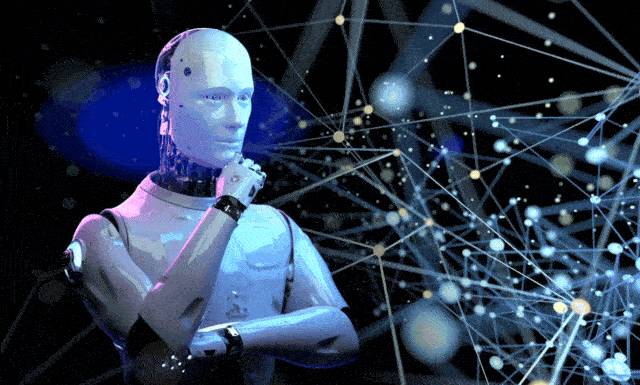How AI Really Works and Why It Works
Artificial Intelligence (AI) has become a fundamental part of our daily lives, but understanding how it really works can be complex. At its core, AI involves the creation of systems that can perform tasks that typically require human intelligence. These tasks include learning, reasoning, problem-solving, perception, and language understanding. Let's delve into the basics of how AI works and why it’s so effective.
The Mechanics of AI
1. Data Collection and Input: AI systems require vast amounts of data to learn from. This data is collected from various sources such as images, text, and sensor readings. The quality and quantity of data significantly influence the performance of AI models.
2. Algorithms and Models: The heart of AI lies in its algorithms and models. Algorithms are sets of rules that tell the AI how to interpret data and make decisions. Models are built using these algorithms and trained on data. Common types of models include neural networks, decision trees, and support vector machines.
3. Training: Training is a critical phase where the AI model learns from data. During training, the model processes the input data and adjusts its parameters to minimize errors in its predictions. This process involves techniques such as supervised learning, unsupervised learning, and reinforcement learning.
4. Testing and Validation: After training, the model is tested on a separate dataset to evaluate its accuracy and performance. Validation ensures that the model can generalize well to new, unseen data and isn’t just memorizing the training set.
5. Deployment: Once validated, the AI model is deployed in a real-world environment where it can start making predictions or decisions based on new data. This could be anything from recommending products to customers, detecting fraud in transactions, or diagnosing medical conditions.
Why AI Works
AI works because of several key factors:
1. Large-Scale Data: With the explosion of digital data, AI has access to an unprecedented amount of information. This data is essential for training complex models that can make accurate predictions and decisions.
2. Advanced Algorithms: Continuous advancements in algorithms have made it possible for AI to perform tasks that were previously thought to be impossible. Techniques like deep learning, which mimics the human brain’s neural networks, have revolutionized AI capabilities.
3. Computing Power: Modern AI requires substantial computing power to process and analyze data. Advances in hardware, such as GPUs and cloud computing, have made it feasible to train large AI models efficiently.
4. Continuous Improvement: AI systems can improve over time through feedback and new data. This continuous learning process allows AI to adapt to changing environments and improve its performance.
AI in Everyday Life
AI has countless applications that can enhance our everyday lives:
1. Personal Assistants: AI-powered personal assistants like Siri, Alexa, and Google Assistant help us manage our schedules, control smart home devices, and access information quickly.
2. Healthcare: AI is transforming healthcare by aiding in diagnostics, predicting patient outcomes, and personalizing treatment plans.
3. Finance: AI helps detect fraudulent transactions, automate trading, and provide personalized financial advice.
4. Transportation: Self-driving cars, traffic management systems, and ride-sharing apps rely on AI to optimize routes and improve safety.
5. Customer Service: AI chatbots and virtual agents provide 24/7 support, handling customer inquiries efficiently and improving satisfaction.
In conclusion, AI works by leveraging data, sophisticated algorithms, and powerful computing resources to perform tasks that emulate human intelligence. Its ability to learn and adapt makes it a valuable tool in various industries, significantly enhancing efficiency and decision-making. As AI continues to evolve, it holds the promise of making our lives easier, healthier, and more connected.






0 Comments